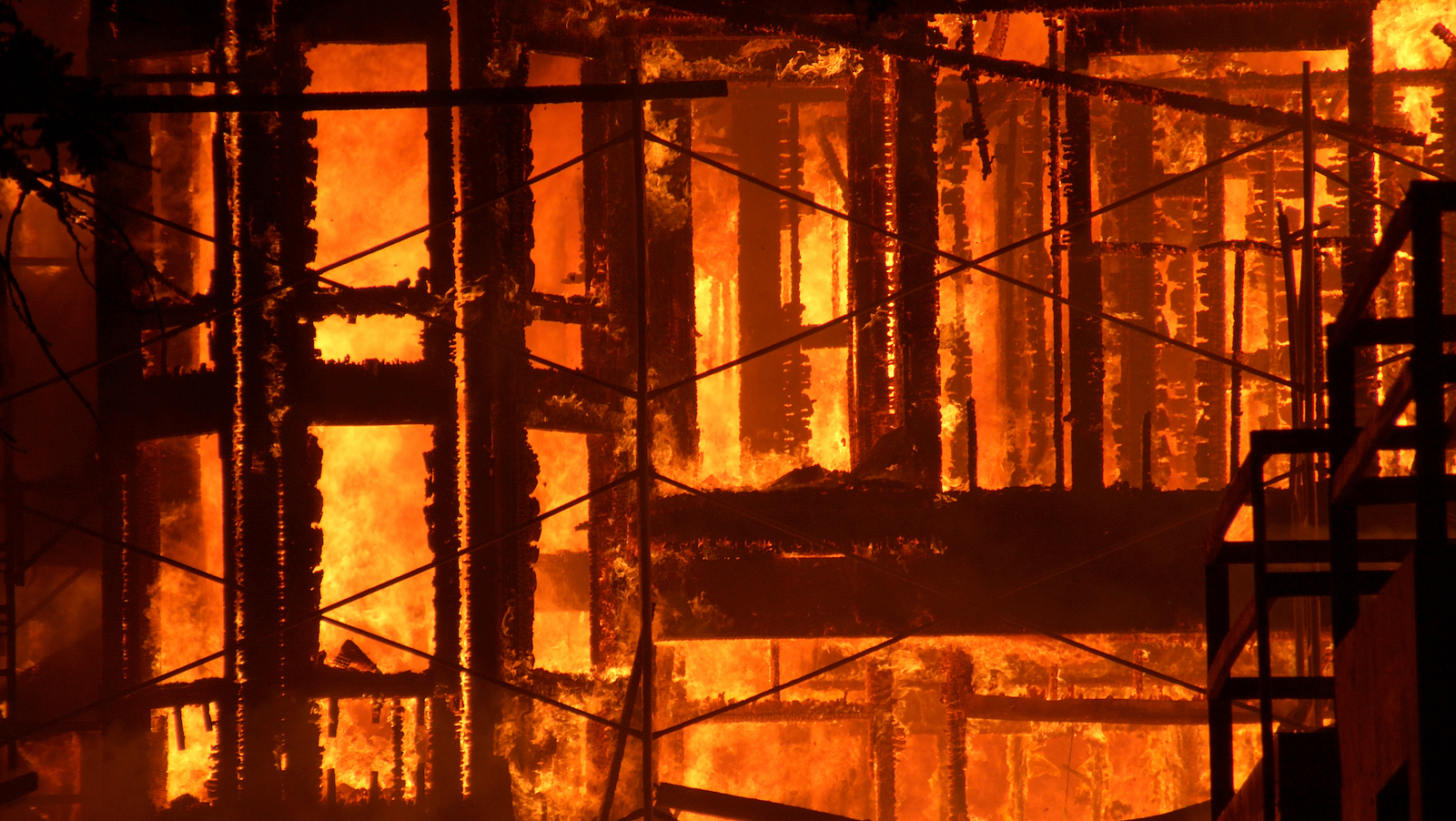On the fourth anniversary of the Grenfell Tower disaster, Howard Passey, director of operations and principal consultant at the Fire Protection Association (FPA), explains how fire safety risk management is changing.

One of the biggest challenges arising from the draft Building Safety Bill for the construction industry, due to be passed this year, four years on from the Grenfell Tower disaster, is the ambiguous role of “appointed persons”.
Individuals involved in the design, construction and maintenance of buildings are under considerable pressure to increase their understanding of fire risks, as well the importance of using appropriate materials and systems to positively impact building safety and threat to life. The new regulatory regime ushered in by the Building Safety Bill will regulate and hold to account those participating in the design and construction of new buildings, and the refurbishment of existing buildings.
The draft bill provides commentary which indicates that the principal designer, principal contractor, and anyone involved in the management or appointment of third parties must ensure they themselves and those appointed have “appropriate skills, knowledge, experience and behaviours” to enable them to carry out their duties in line with Building Regulations requirements.
How construction materials play into fire risk
This spotlight on using the appropriate materials and systems to maximise safety also comes at a time when we are seeing a shift towards materials being selected for their environmental impact, such as timber, rather than just their fire safety credentials. It is crucial that the designs, materials, products and building processes that have the potential to affect fire safety are fit for purpose and properly validated for the intended use.
Timber will undoubtedly be a prevalent building material of the future, but the sizable impact of building with a combustible material cannot be ignored. The fact that timber will burn introduces huge complexity and demands a complete overhaul of every measure we use for fire safety in the built environment.
For fire sprinklers to operate effectively in the event of a fire, they must be correctly designed, installed, serviced, and maintained.
For instance, effective compartmentation is determined by the ability of walls to prevent fire spread for a duration of time. In timber construction, if the fire travels through the wall and into a combustible service duct or cavity, the fire is now inaccessible in a communicating space and a configuration that promotes fire spread.
Insufficient protection systems
Sprinkler rules would need to adjust to the concept of mounting heads on combustible ceilings, and more widely, suppression systems would need to be reconsidered.
For fire sprinklers to operate effectively in the event of a fire, they must be correctly designed, installed, serviced, and maintained. This means using components that have been tried and tested and, crucially, approved by an accredited third-party certification scheme, and the system designed by competent engineers. The FPA’s LPC Rules for Automatic Sprinkler Installations provides a guide for anyone involved in the specification, design, installation, service, and maintenance of sprinkler systems.
Compartmentation is another crucial protection system in limiting the spread of fire and smoke, creating protected escape routes, and protecting critical infrastructure. While the current regulations are generally robust, certainly in terms of life safety, designs and specifications must be effectively implemented during construction.
Ensuring competency
Fire risk assessments are required by law for all non-domestic premises and the common areas of some residential premises, including throughout the construction phase of any project.
But for fire risk assessments to have their intended and full impact, the assessor must have all the necessary information available to them and, crucially, those responsible must act on the recommendations made.
Third party certification schemes cover individuals, organisations, systems, and products and are the best way to ensure competency, especially given the current ambiguity around the role of appointed persons. Failure to fully understand fire risks and the importance of using appropriate materials and systems exposes a building and its occupants to considerable and avoidable risks.
Howard Passey is director of operations and principal consultant at the Fire Protection Association











